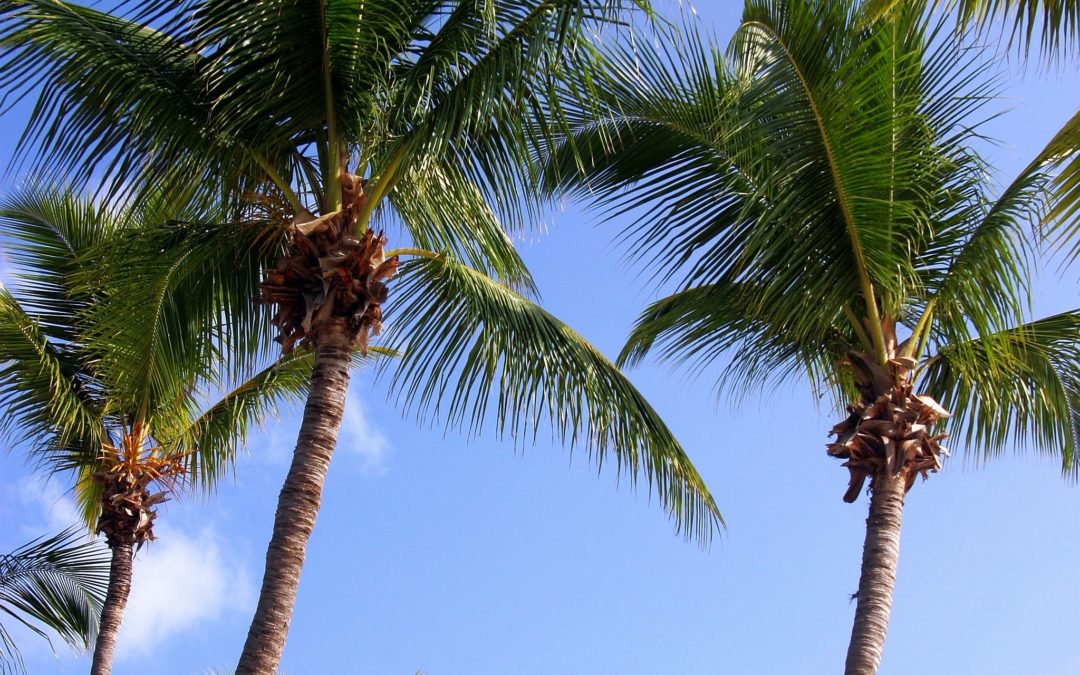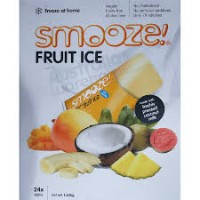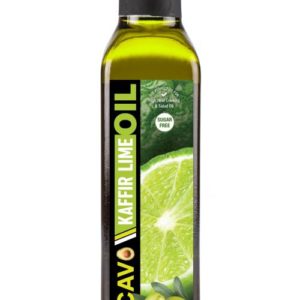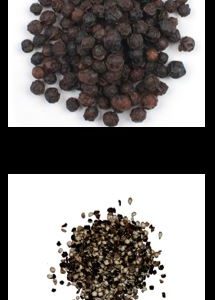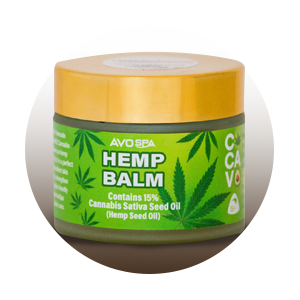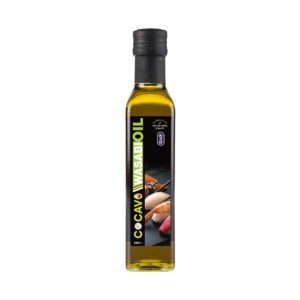ABOUT
The coconut tree, affectionately known as THE TREE OF LIFE is truly one of mother nature’s most valuable gift to the planet. A single tree can produce around 75 coconuts each year. Coconut fruit and sap are packed with nutrients, but equally the plants are important for fuel and building materials. Every year 62 million tonnes of coconuts are produced globally.
Sustainability.
Generally we want to know that agriculture is sustainable and we want to know that crops are used fully and wisely with waste minimised.
The coconut palm’s use goes well beyond the fleshy white meat that it produces. It’s an extremely useful plant and every bit of it can be used. From its incredibly intricate and clever root systems designed for sandy soil in tropical climates through to the palms, trunks and fruit itself, everything has a purpose.
Listing all the types of coconut product in one post is impossible, but the following products are the more well known products you will likely be familiar with.
1. Copra
Copra is the dried coconut meat found in the nut. The nuts have always traditionally been dried out in the sun, completely naturally, but they can also be dried in kilns and other air drying methods, mostly dependant on the weather patterns of different countries. It is copra that gives us coconut oil which is extracted from it. More modern technology is now used to extract oil from wet copra meat avoiding the need to dry the meat.
The oil that comes from copra is really quite remarkable stuff. It is packed with nutrients in a way many other oils aren’t. This oil melts at a relatively low temperature and has a beautiful mild coconut taste & aroma. As such we use it in cooking but also in things such as beauty products. Refined coconut oil has been deodourised to give it a neutral taste & aroma allowing for it to be used more widely in cooking styles where a coconut flavour is not wanted.
2. Coconut fibre/coir
The hairy stuff on coconuts you will be familiar with is a fibre surrounding the husk and contained within the outer shell of the coconut when it’s on the tree. This is the coir which is useful for all sorts of things from ropes to brushes to doormats, coconut fibre or coir has a multitude of uses & doesn’t go to waste.
3. Coconut peat
When a coconut falls from the tree it is a large green nut. It’s only when you crack inside that you find the hairy husk. In amongst the husk fibre (or coir) is pith called coconut peat.
This pith isn’t fibrous like the coir, and it’s lightweight and spongy. Gardeners rave about it as it helps to improve soil and, with its naturally anti-fungal properties, it is great for all sorts of horticultural endeavours. Being 100% organic and naturally biodegradable it’s a great choice. Using coconut peat ensures no part of the coconut fruit is wasted.
4. Coconut charcoal and activated carbon
Coconut trees have long been a source of fuel for the communities in which they grow. By burning the kernel, there is fuel. However, specifically, coconut charcoal is an excellent product of the coconut tree, coming from the husk when it is burned. However, beyond fuel, coconut charcoal is used in the beauty industry as well as in traditional medicine. It can be used for water filtration and draws out toxins.
5. Coconut flesh or meat and coconut water
Desiccated, flaked, or however you like it, the meat of the coconut is perhaps its most recognisable product. Inside the coconut kernel, inside the flesh, is coconut water. Long enjoyed as a drink, coconut water mixes with the coconut flesh to produce coconut milk. The beautiful white flesh of the coconut, along with the remaining coconut water, is used in lots of different ways.
The flesh of the coconut is used to make all sorts of different delicious & nutritional products including:
- · Coconut milk powder: Used to make healthy dairy-free vegan lattes or smoothies.
- · Coconut flour: Used for gluten free and low carb baking.
- · MCT powder: Used to aid weight loss and support muscle building.
6. Coconut oil
From copra we get coconut oil. Coconut oil is wonderful for cooking with, and can also be used in products such as soaps. This nutrient dense oil is much-loved by many and once you’ve become a fan you’ll be looking for lots of different ways to use it beyond cooking alone.
7. Coconut sap
Coconut sap is collected from the flower bud of the coconut palm and is used in so many different ways. It’s used to make drinks and alcohol in many local communities. It’s also thanks to the sap that we have so many wonderful coconut products including:
8. Palm fronds
It doesn’t stop there. As yet we’ve not mentioned the palm fronds. These too have a use and are very important in local communities where coconut palms grow. The palm fronds are used as a building material and are hugely important for creating watertight roofs. You’ll also find that fronds are used to create all manner of things from baskets to boats.
The coconut palm most definitely lives up to it’s reputation as being the tree of life when you look at all of the different things it produces. We encourage you to embrace everything coconut and start adding health to your life.

